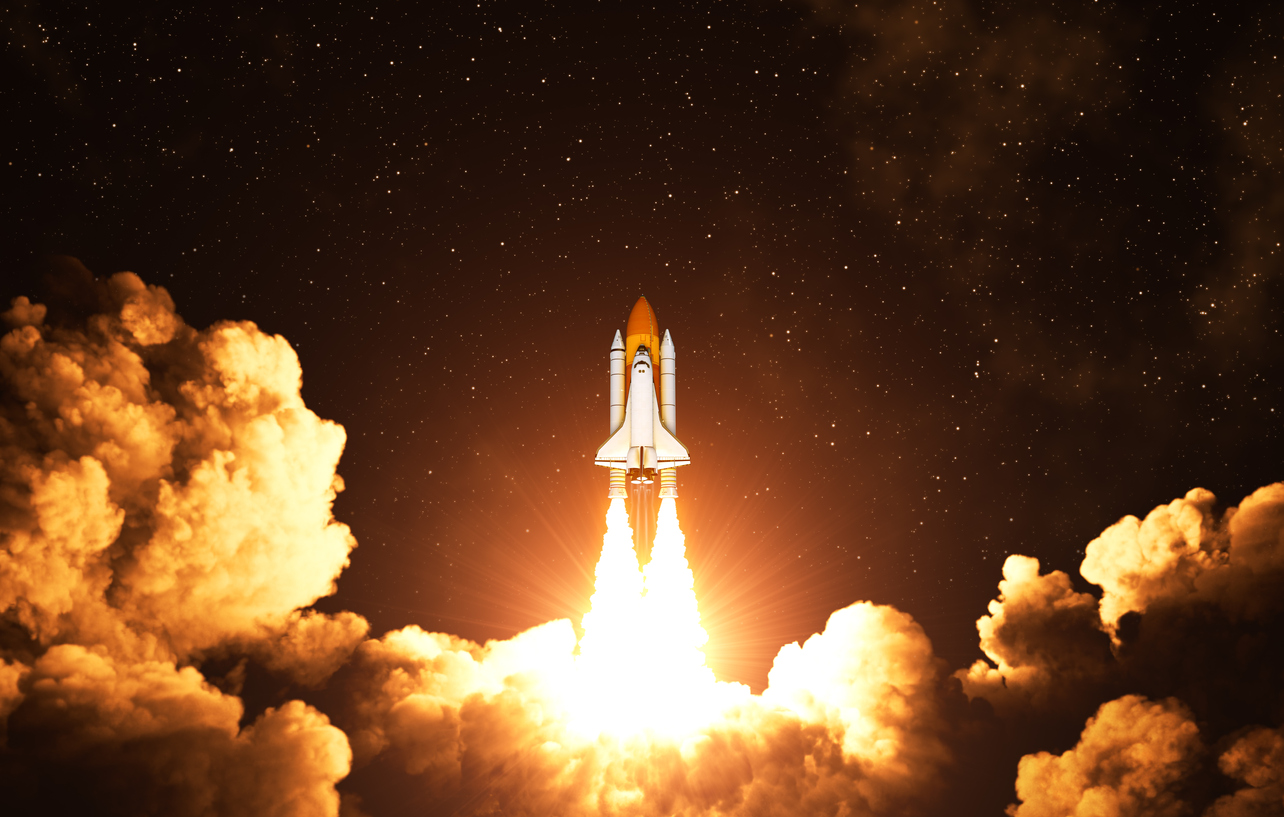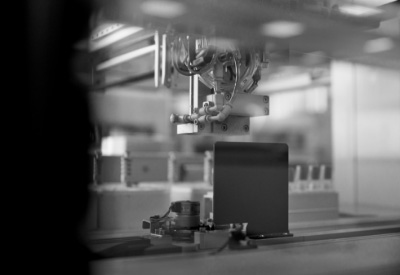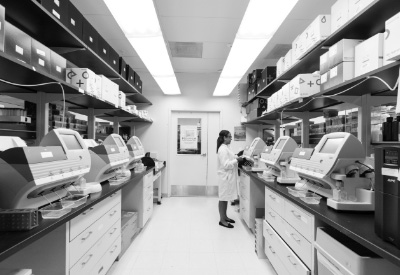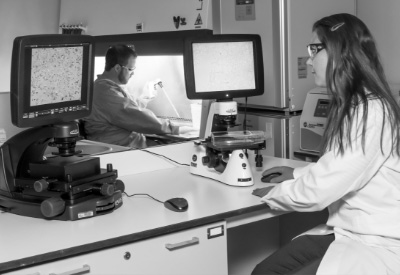A recent article from the American Society of Mechanical Engineers details tritium-based batteries, a revolutionary power source for microelectronic devices that have caught NASA’s eye for future space missions. NanoTritium™ batteries, engineered by City Labs, harness the natural decay of tritium atoms to produce consistent and reliable energy for extended periods of time, lasting over 20 years.
Unlike traditional batteries that rely on sensitive chemical reactions, tritium batteries continually emit low-powered electrons regardless of external conditions, allowing them to operate with minimal loss in efficiency regardless of harsh environmental conditions or temperature fluctuations. These batteries incorporate a betavoltaic design, an energy-harvesting method that embeds tritium into a semiconductor, mimicking the way photovoltaic cells convert light into voltage.
Collaborating with esteemed entities like NASA, the U.S. Air Force, and leading aerospace companies, City Labs continues to evolve its tritium technology, opening doors for novel applications in the realms of aerospace, biotech, and beyond. Currently, even further improvements are underway via ongoing efforts to upscale NanoTritium™ batteries for higher-power devices, such as sensors, medical implants, and more.









